

2019 is bound to become one of the largest fire years on record in the Arctic Circle, and especially in Siberia. How much carbon these fires release remains a challenging question. Very little ground data on fire emissions is available for Siberia and estimations are difficult since the main part of the emissions originates from organic soils, which is harder to retrieve from satellite imagery than emissions from aboveground biomass. Our research team from the Vrije Universiteit Amsterdam (the Netherlands), Woods Hole Research Center, Northern Arizona University (USA), Pyrenean Institute of Ecology (Spain), and the Siberian Branch of the Russian Academy of Sciences and Tomsk State University (Russia) are joining forces to better understand fire dynamics in Siberia.
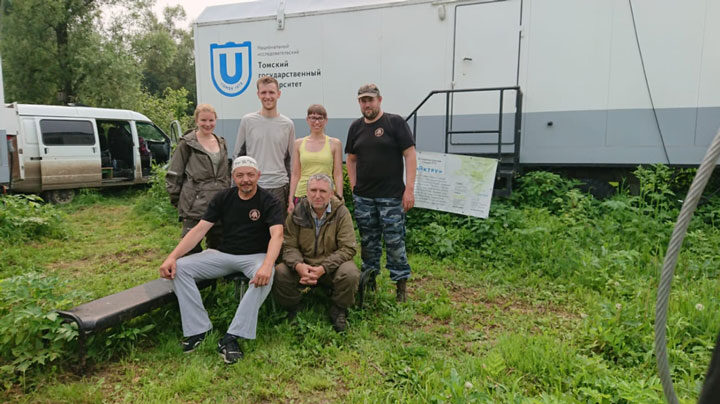
After an adventurous three-hour drive, our field crew gathered with the local collaborators at Kajbasovo Research Station near Tomsk, in Russia. We aimed at finding old pine trees in burned and unburned sites, which we then core with tree borers to build tree-ring chronologies. Wildfires in this western part of the Siberian boreal forest usually don’t burn with high intensity allowing some resilient trees to survive multiple fire cycles. Thus, we aimed at using the chronologies to reconstruct the fire history of the area and to assess the response and recovery times of the ecosystem after fire events and other disturbances.
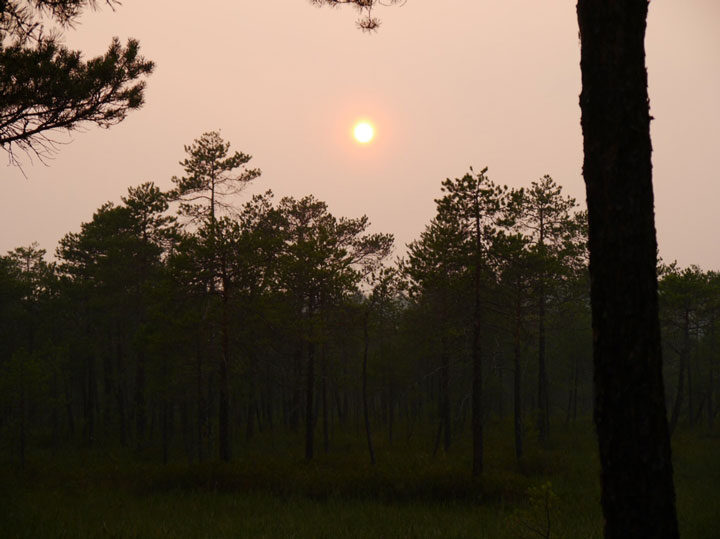
Little did we know that we would ourselves witness the severity of this year’s fire season. Except for the first day, we did not see a clear sky. From then on, the sun would only appear as a bright orange or blood red ball behind lots of smoke originating from wildfires in the Krasnoyarsk region hundreds of kilometers away. One good thing about this is that it dampened the heat, since we were already quite warmly dressed in our tick- and mosquito-proof clothing.
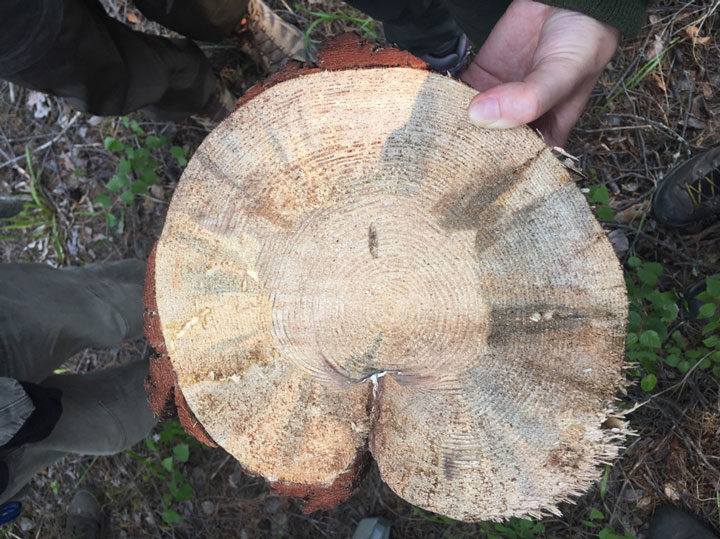
Mosquitoes and heat, however, were only small obstacles, as we set out with our borers to find trees older than 100 years. We really wanted trees from that age so that we can build sufficiently long chronologies. Even at the most remote places we were surprised to often see signs of human activity such as past logging, resin extraction or littering. One day we even saved a duckling out of a fisher net set up a good 4 hours bumpy drive away from the next village. Or sometimes we would simply not find old trees because of natural disturbances or growth restrictions. Eventually, we did manage to sample 12 sites with old trees with different fire severities and hydrologic characteristics. These will now be analysed further in the lab to extract and crossdate the tree rings.
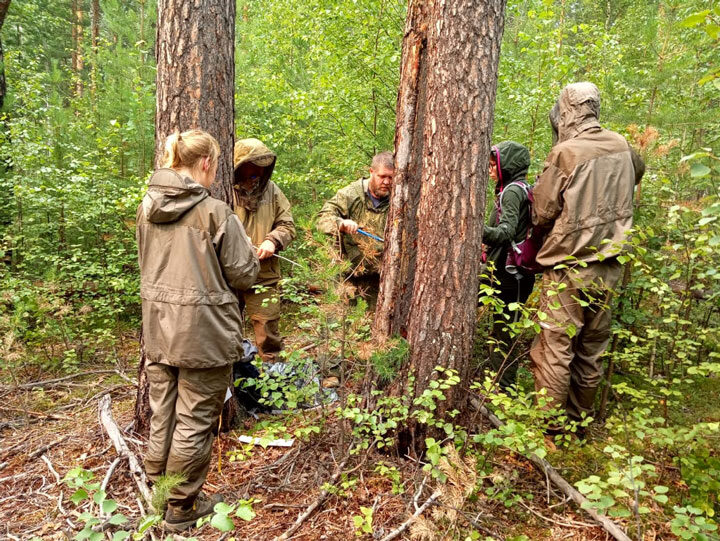
Being in the field and having only very little time to sample can be an intense working experience, but there were many special little moments too. Our driver overcame every obstacle on the way to bring us to very remote places, and our cook took great care of us with plenty of delicious borscht, buckwheat and blinis (type of pancakes) and provided large amounts of water and kompot (sweet fruit beverage). And our evenings were spent at camp fires diving into local culture and connecting the people.
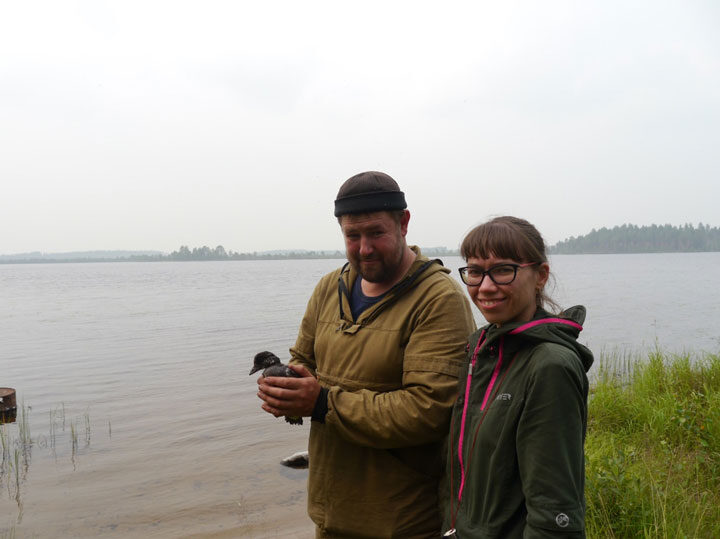
After ten exciting days in Tomsk we are now resting and recovering in Yakutsk for the weekend. We are using the time for some team building activities, and we are enjoying some solid hours of sleep. We went shopping for supplies for the second part of our field campaign, which will lead us to even more remote areas around the little villages of Ert and Batamay in the next four weeks. There, we will visit recently burned forests and measure the carbon losses due to fire events. In addition, we will take more tree chronologies to estimate the stand age, and count seedlings to see how forests recover after fires of different severities.
This field campaign is part of the ‘Fires pushing trees North’ project funded by the Netherlands Organisation for Scientific Research (NWO) and affiliated with NASA ABoVE. The Tomsk part of the campaign was funded by INTERACT.
This blog post was written by Rebecca Scholten, PhD student at Vrije Universiteit Amsterdam, researching arctic-boreal fire dynamics.